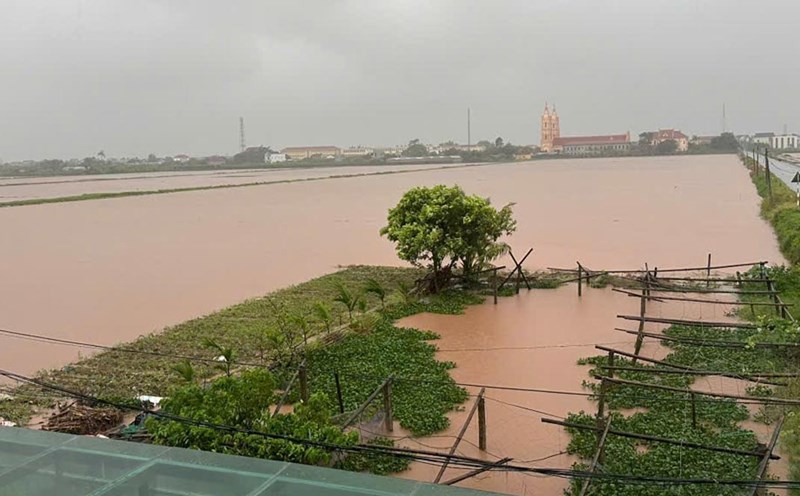The fact that Quang Nam club is likely to merge with Da Nang before the 2025-2026 V.League season is not only bad news for Quangese football fans but also brings many consequences for the entire national professional competition system.
According to the original plan, the new V.League season will start on August 15, with Quang Nam club hosting Song Lam Nghe An in round 1.
However, after the locality had an administrative merger and the team could not find a stable direction in finance, it is likely that this team will merge with Da Nang and not participate in V.League 2025-2026.
This happened less than 1 month before the opening day, causing the entire organization plan of Vietnam Professional Football Joint Stock Company (VPF) and the tournament organizing committee to be disrupted.
In terms of expertise, the lack of a team forces the V.League 2025-2026 to change the tournament regulations.
From the format of 14 teams with 2 relegation spots, the Organizing Committee will have to recalculate the number of participating teams, the rotation competition schedule, as well as the way to determine the up and down grades to ensure fairness for the whole season.
This is a big challenge in the context of a tight schedule and many teams have prepared carefully in advance.
Regarding human resources, dozens of players from Quang Nam are in a difficult situation. Some were transferred to Da Nang clubs in the direction of merging, but the rest were forced to urgently find new destination before the list registration deadline on August 1.
The urgent process of contract liquidation and transfers can affect the rights and competitive spirit of the players.
In terms of image, this continues to be a warning bell about the instability and unstable financial foundation of many clubs in Vietnam. Previously, the 2023-2024 season saw Binh Thuan club withdraw from the First Division close to the opening day.
Now, Quang Nam is the next name, showing that the Vietnamese professional football system is still vulnerable to economic and organizational fluctuations.
The incident once again raises an urgent need for building a sustainable governance model, improving the club's financial capacity and the proactiveness of tournament organizers to limit similar crises from recurring in the future.











